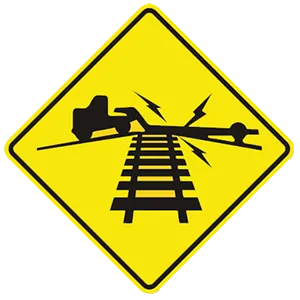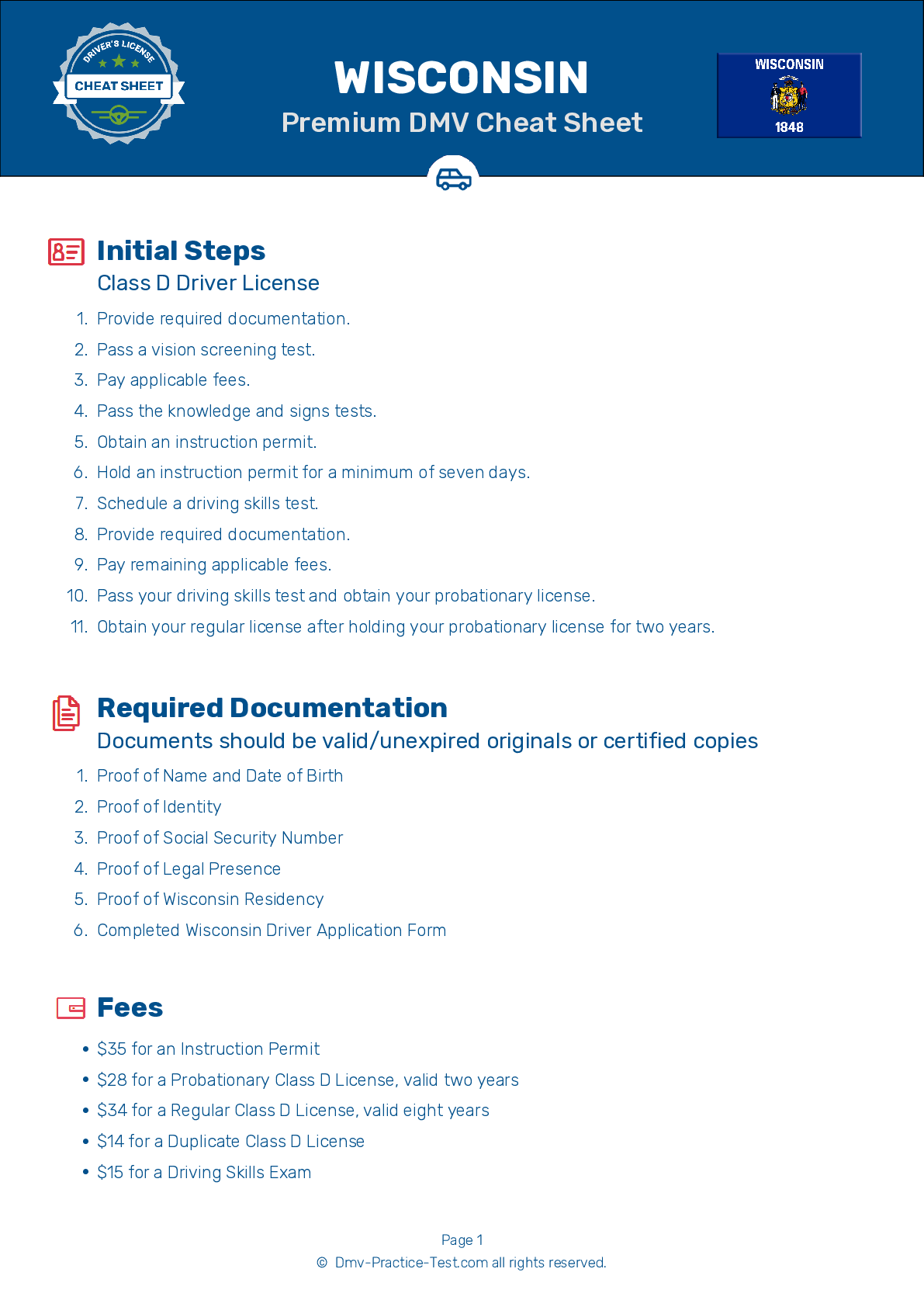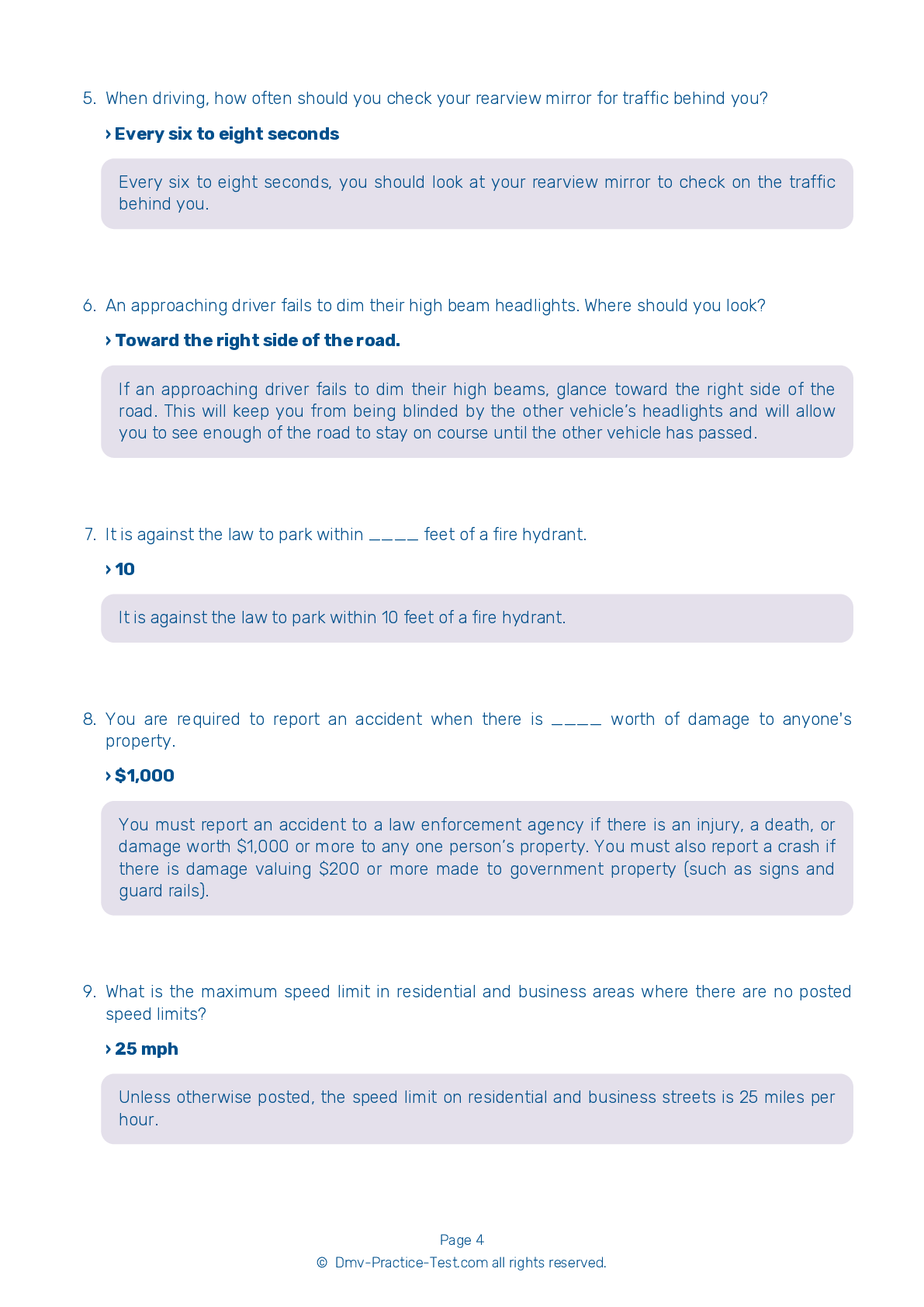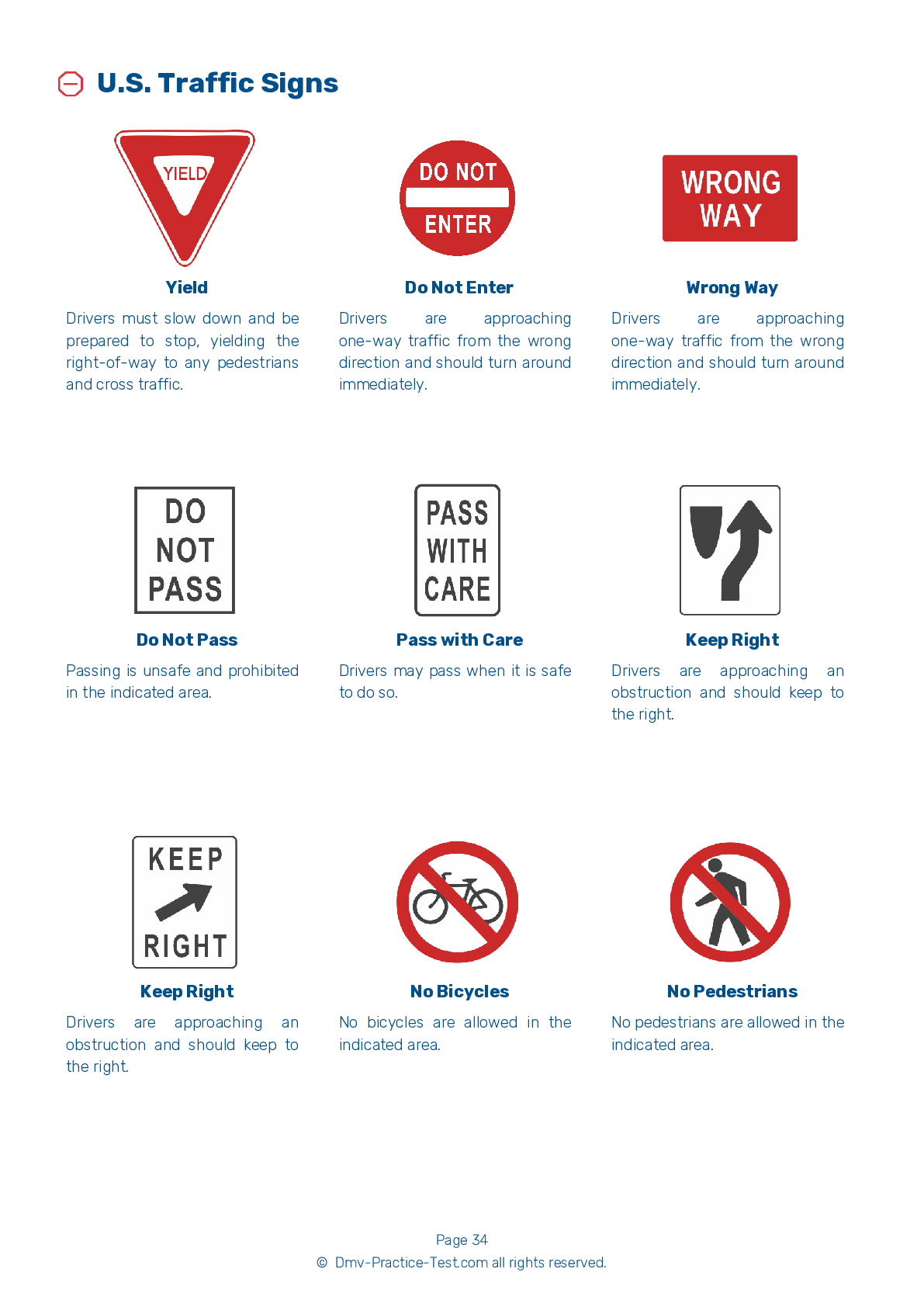FREE Wisconsin DMV Practice Test #21 Page 2 of 7
The Wisconsin DMV practise examinations have been updated for January 2025. It includes questions based on the Wisconsin Driver Handbook's most significant traffic signals and legislation for 2025. Use actual questions that are very similar (often identical!) to the DMV driving permit test and driver's licence exam to study for the DMV driving permit test and driver's licence exam.
On the practise exam, each question gets a tip and explanation to help you remember the concepts. The written component of the official Wisconsin DMV test will include questions about traffic rules, traffic signs, and driving statutes, as well as knowledge from the Driver Handbook.
To obtain a passing grade, you must correctly answer 40 of the 50 questions. Use the practise exam provided by the Wisconsin Department of Motor Vehicles to help you prepare for your instruction permit or driver's licence.
The DMV exam is available in several languages.
Using any kind of testing assistance will result in an automatic fail, and the DMV may take additional action against your driver's licence, so stay away from it.
8 . Car drivers should know that large trucks:
A large truck has large blind spots to the front, sides, and rear of the vehicle. Avoid lingering in these areas. Because of their larger size and weight, trucks require more room to maneuver and stop than passenger vehicles.
9 . If you come to a railroad crossing with lowered gates and flashing warning lights, you should:
You must stop at a railroad crossing where signs, warning devices, or flaggers warn you of the presence of a train. It is illegal to drive around lowered gates.
10 . Which of these statements is true about driving and taking medications?
Remember that all medications, prescription or over-the-counter, are potentially dangerous and could impair your driving. Over-the-counter medicines that you take for colds and allergies can make you drowsy and affect your driving ability. It is your responsibility to know how your medication affects your ability to drive.
11 . To reduce the effects of headlight glare at night, you should look:
If oncoming drivers do not dim their headlights for you, keep your eyes on the right side of the road ahead. Do not look directly at the oncoming headlights because the glare may blind you for several seconds.
12 . You are driving on a busy street and your vehicle’s accelerator sticks open. You should:
If your vehicle’s accelerator sticks open, your vehicle will continue to maintain its speed or accelerate, even if you remove your foot from the gas pedal. Turn off the ignition, using care to move the ignition switch only far enough to stop the engine and not engage the steering wheel locking mechanism. Apply your brakes and move off the road to a safe area.
13 . This road sign means:




